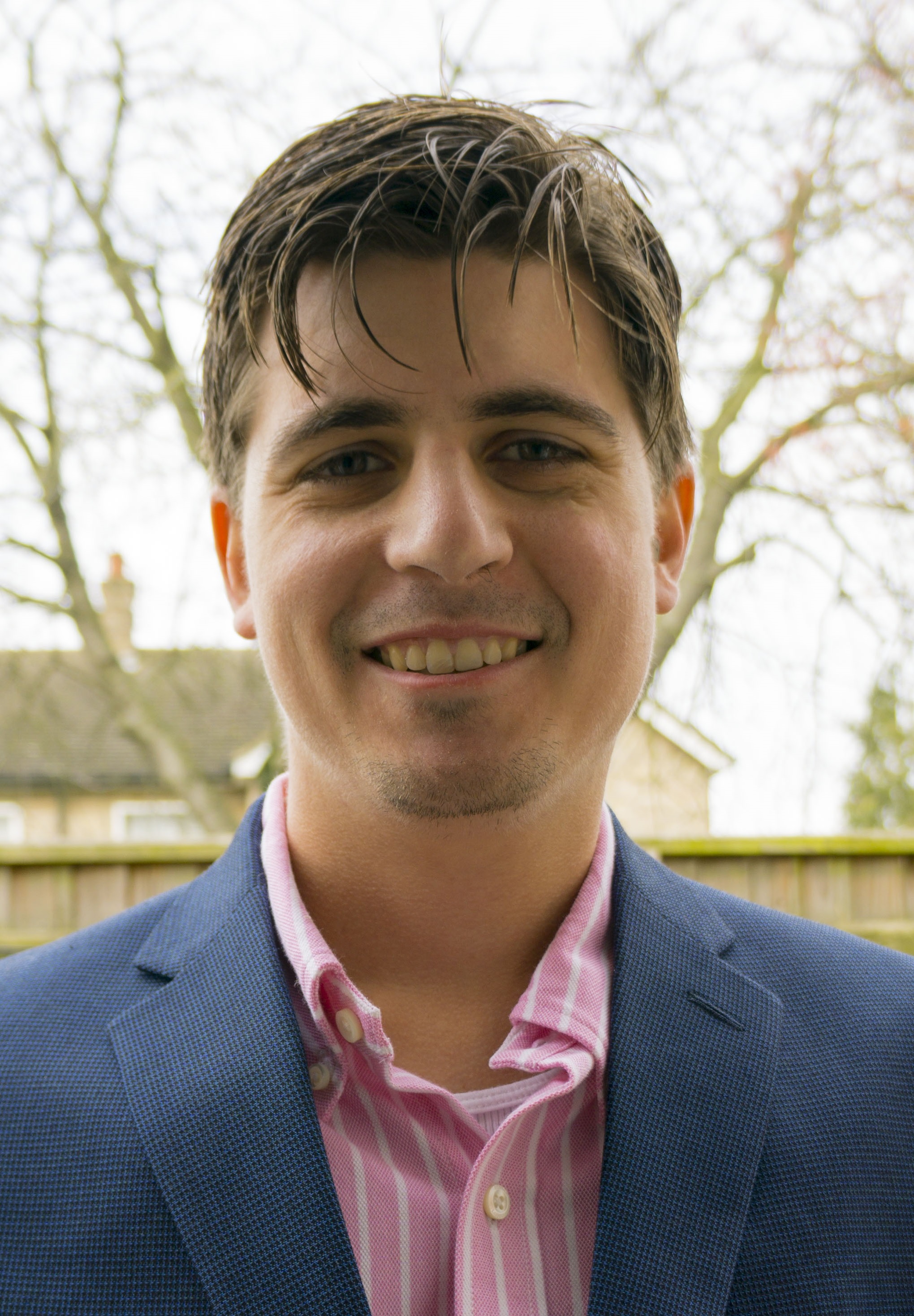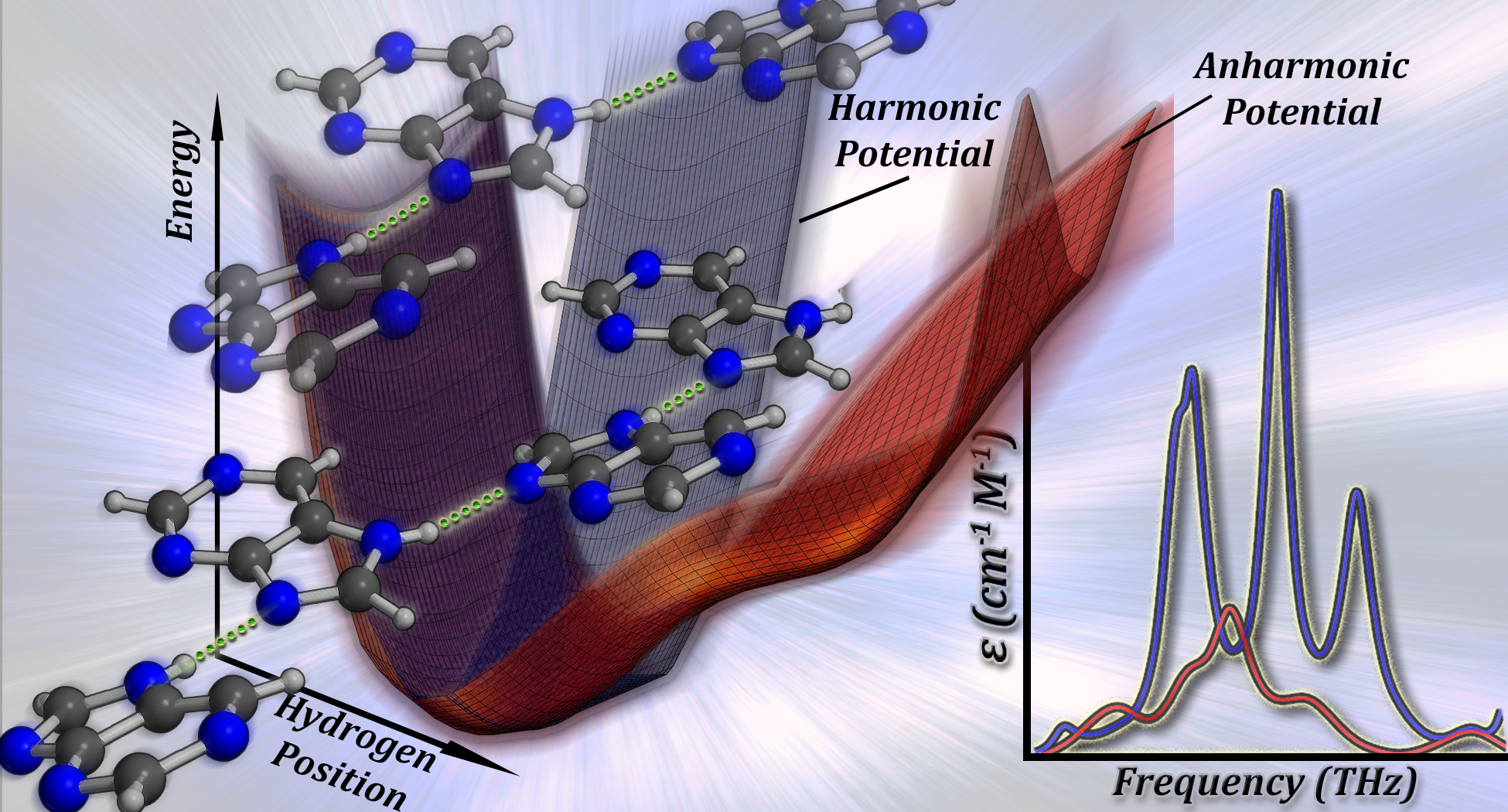 Postdoctoral Research Associate
Postdoctoral Research Associate
Department of Chemical Engineering
and Biotechnology
Magnetic Resonance Research Centre
JJ Thompson Avenue
Cambridge, CB3 0HE
Email: mtr34@cam.ac.uk
Phone: +44 (0) 1223 768731
Churchill College Postdoctoral By-Fellow
Education
B.Sc. Chemistry, State University of New York: Geneseo, May 2012
Ph.D. Chemistry, Syracuse University, February 2016
Research Interests
My research lies at the intersection of chemistry, materials science, physics, and computer science, and focuses on uncovering underlying fundamental quantum mechanical properties that govern the behaviour of solid materials. My work is highly interdisciplinary, with projects ranging from the stability and dynamics of solid pharmaceuticals to probing charge carrier dynamics in semiconductor materials.
My main interests involve the characterisation of solid-state materials, both in the crystalline (ordered) and amorphous (unordered) states. I primarily focus on molecular crystals and glasses, as these materials are increasingly being used across a broad cross-section of applications, ranging from the pharmaceutical to energy storage industries.
Molecular solids are particularly interesting because of the types of forces that bind the atoms and molecules together. In contrast to the gas-phase, where molecular properties (such as its conformation) are directly dependent on individual molecules, the properties of solids are profoundly influenced by how the molecules group together. While this might be clearly intuitive, understanding the rich and diverse types of interactions within solids becomes incredibly complex, especially as molecular size and flexibility are increased.
Despite this complexity, a number of tools have become powerful for the study of molecular solids, both experimentally and theoretically. My research uses a large variety of techniques, but primarily I utilise low-frequency vibrational spectroscopic methods (terahertz time-domain spectroscopy (THz-TDS) and Raman scattering(, and first principles quantum mechanical simulations (solid-state density functional theory (DFT)).
The low-frequency vibrational experiments are powerful for probing the nature of the intermolecular forces, since the motions accessible to these techniques transverse a large area of the potential energy surface. However, because of the extreme sensitivity to the packing arrangement each solid will have a unique 'spectral fingerprint' that can not easily be understood from experiment alone (unlike mid-infrared methods which contain functional group specific transitions). This has resulted in a highly synergistic relationship with the theoretically modeling field, as highly-accurate ab initio simulations can be used to interpret the low-frequency experimental results.
My research broadly uses these two techniques for a wide range of applications, including
- Terahertz Spectroscopy
- Development of ab initio Methodologies
- Investigation of Biological Macromolecules
- Characterization of Amorphous Materials
- Evaluating Polymorphic Transitions


